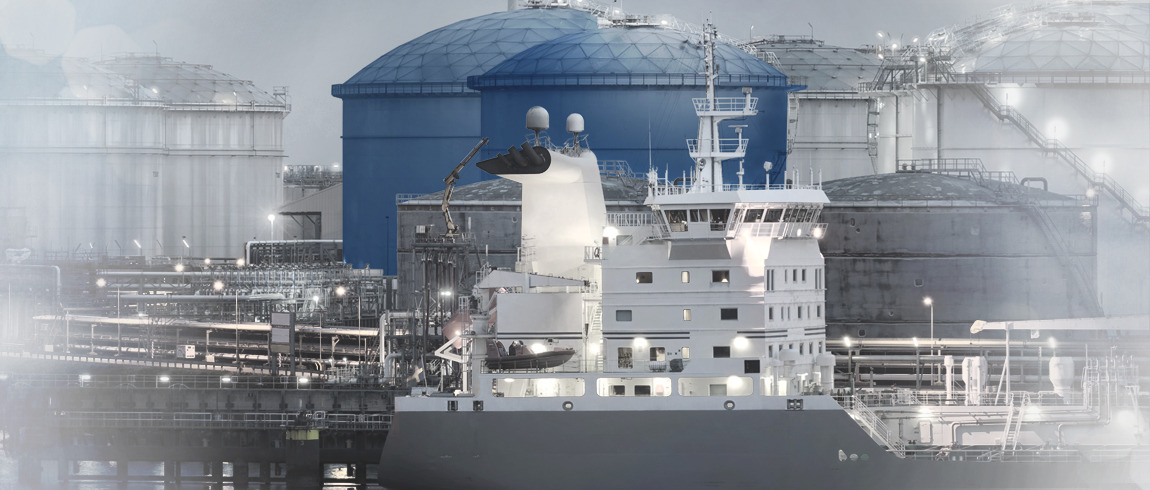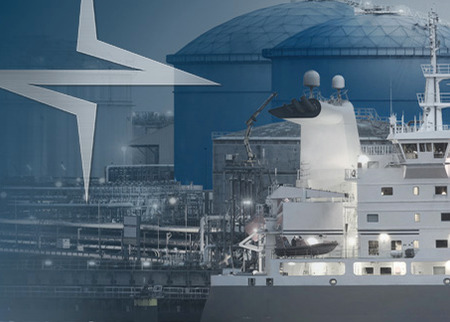The urgent need to reduce CO2 emissions has made renewable energies, such as wind and solar power, crucial for meeting targets. One drawback, however, is their intermittent availability. Hydrogen is seen as the solution to ensuring stable energy production for renewables and it is expected to become a popular energy carrier in an integrated cycle of renewable sources. To make this transition successful, pipelines, tankers and storage facilities for hydrogen will be required, presenting material challenges. voestalpine Böhler Welding is developing welding consumables suited for this new industry challenge to support the future of hydrogen transportation and storage.
Welding Solutions for the transportation and storage of gas and liquid hydrogen
voestalpine Böhler Welding is developing welding consumables suited for this new industry challenge to support the future of hydrogen transportation and storage.
Welding challanges for hydrogen transportation and storage components
Hydrogen transportation and storage rely on pipelines and storage tanks, requiring welding processes similar to those in the Oil & Gas industry. Challenges, however, do exist due to hydrogen’s tendency to cause serious defects in welds, such as cracking and porosity. Ensuring safety in a 100% hydrogen environment is crucial, demanding assessments of probable hydrogen embrittlement on steels. Compressed gas hydrogen storage at high pressures (up to 200 bar) presents a significant challenge for materials and welding engineers. Safeguarding against defects and embrittlement remains a top priority in the hydrogen industry's constructions.

The role of green ammonia in the hydrogen economy and the related welding challenges
Green ammonia plays a crucial role in the hydrogen industry, serving as both a feedstock for the chemical sector and an energy carrier for hydrogen transportation. Using ammonia as an intermediate energy vector reduces the risk of explosive hydrogen mixtures. After transport, ammonia can be converted back to H2 for various applications or used as a feedstock and fuel in turbines, generating CO2-free electricity. To ensure safe storage and transport, welding engineers must address stress corrosion cracking in condensed, anhydrous ammonia. They select materials with ultimate tensile strengths up to 70KSi (485 MPa) and carefully weld them using the appropriate filler materials. voestalpine Böhler Welding has the experience and portfolios for ammonia storage tank construction.
Constant load test on Böhler Welding filler metals
voestalpine Böhler Welding conducted tests on various welded components (pipes, tanks, etc.) to evaluate their susceptibility to hydrogen embrittlement. The tests were carried out using the constant load test method, which allowed them to determine the maximum amount of diffusible hydrogen that the materials could withstand without experiencing failure due to hydrogen embrittlement under a constant load.
The filler materials selected for use in pressure vessel and pipeline construction were tested and the results showed that these Böhler Welding products exhibited a low tendency to undergo hydrogen embrittlement in an H2 gas environment.

Böhler Welding filler materials for liquid hydrogen applications
Hydrogen, like natural gas, can be liquefied at extremely cold temperatures (-253°C) for efficient storage and transportation, particularly for overseas shipping where pipelines are impractical. To ensure safety and reliability at such low temperatures, stainless steel is commonly used to manufacture liquid hydrogen tanks due to its toughness in sub-zero conditions. voestalpine Böhler Welding specializes in producing stainless steel filler materials, including liquefied natural gas, for critical applications at cryogenic temperatures. Their product range, like Böhler ASN 5 and Thermanit 18/17 E Mn, ensures exceptional properties even below -196°C. voestalpine Böhler Welding continually enhances its portfolio to meet ASME requirements.
Conclusion
Hydrogen's versatile applications as fuel, feedstock and energy carriers will be crucial in reducing our carbon footprint. To facilitate this transition, new investments in terminals, pipelines and carriers will be required. voestalpine Böhler Welding is actively supporting its partners in their efforts to lower emissions by investing in new product developments and testing, aiming to stay ahead in this emerging market.
